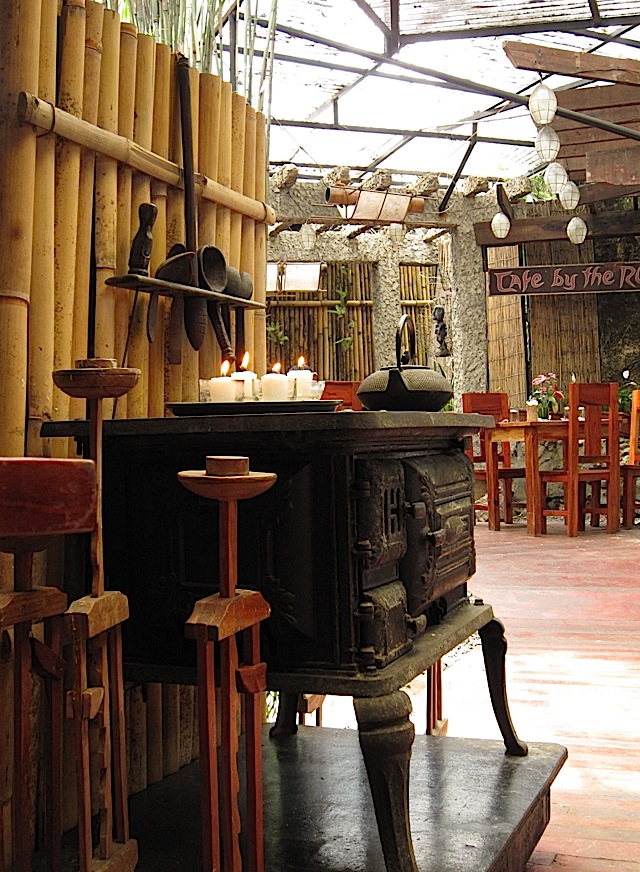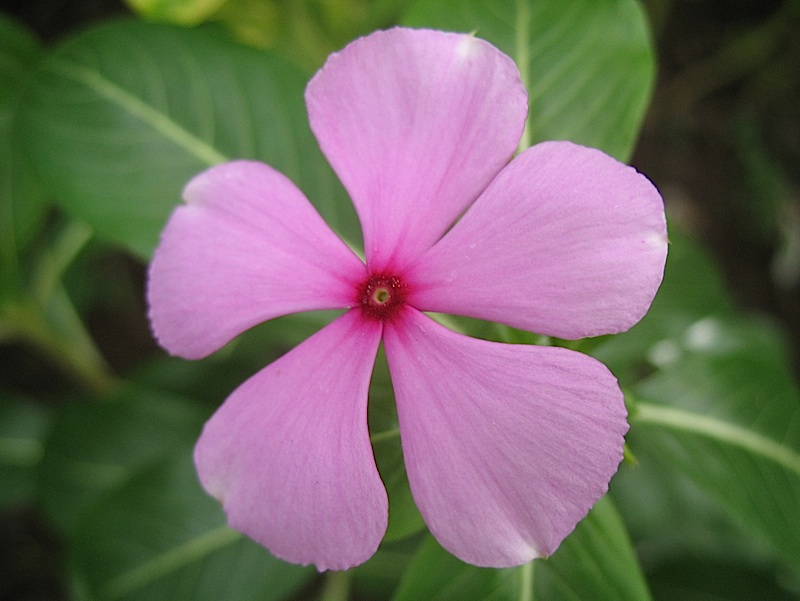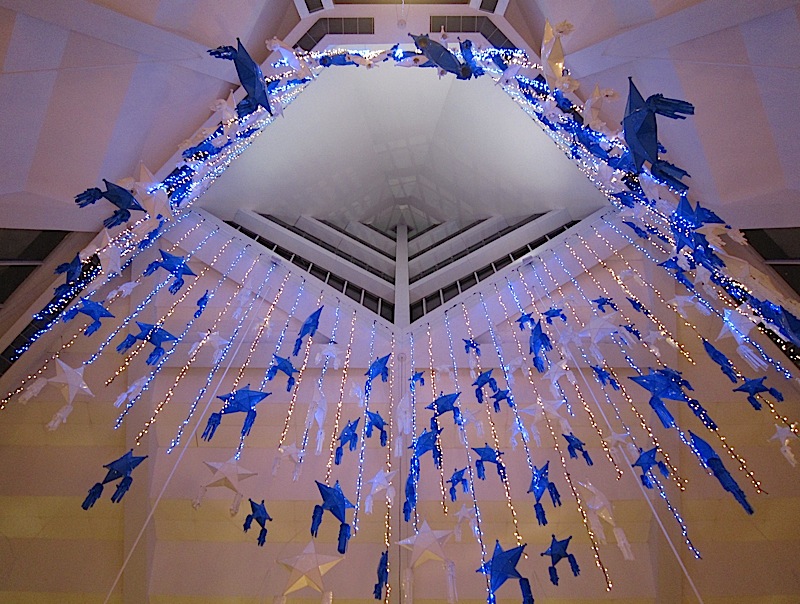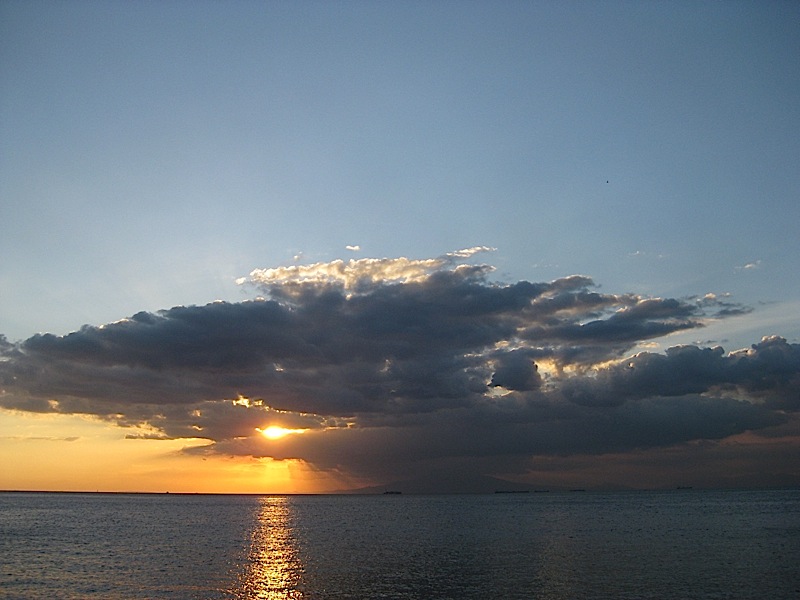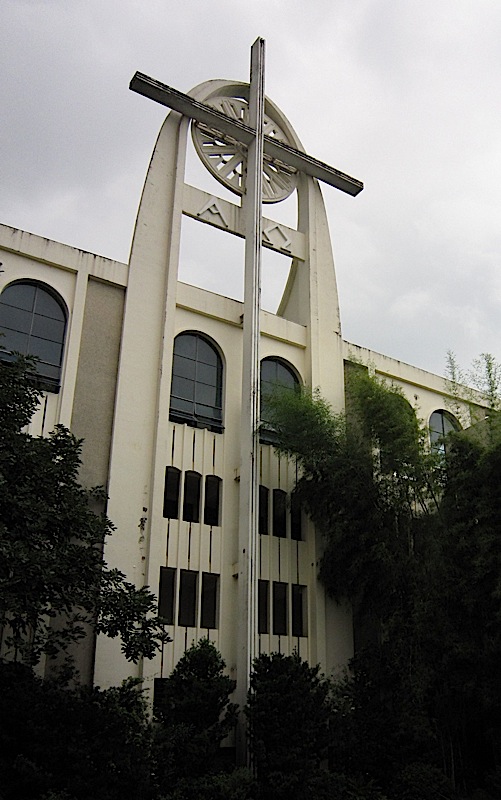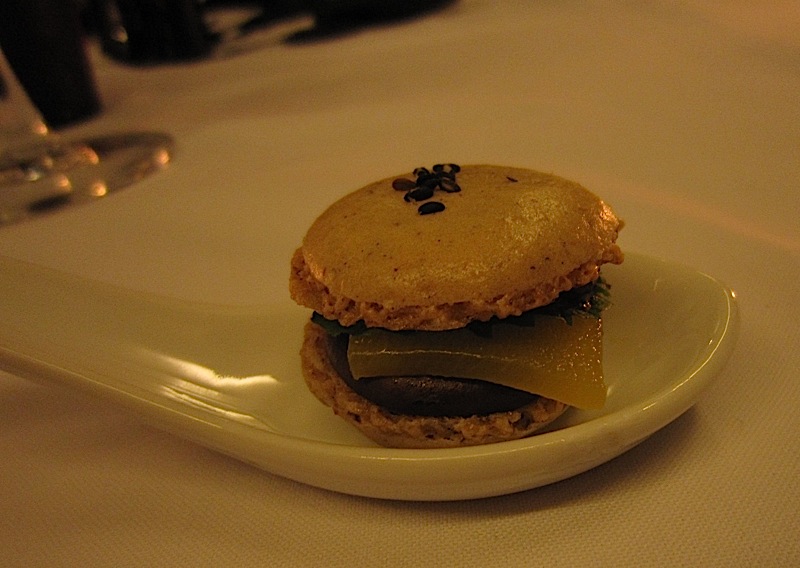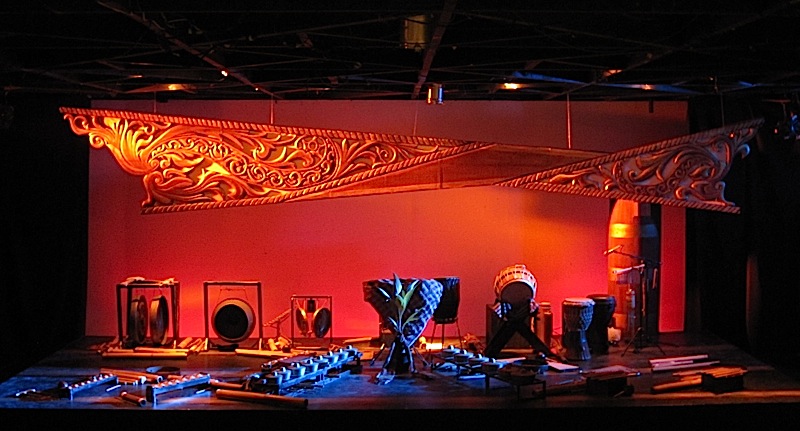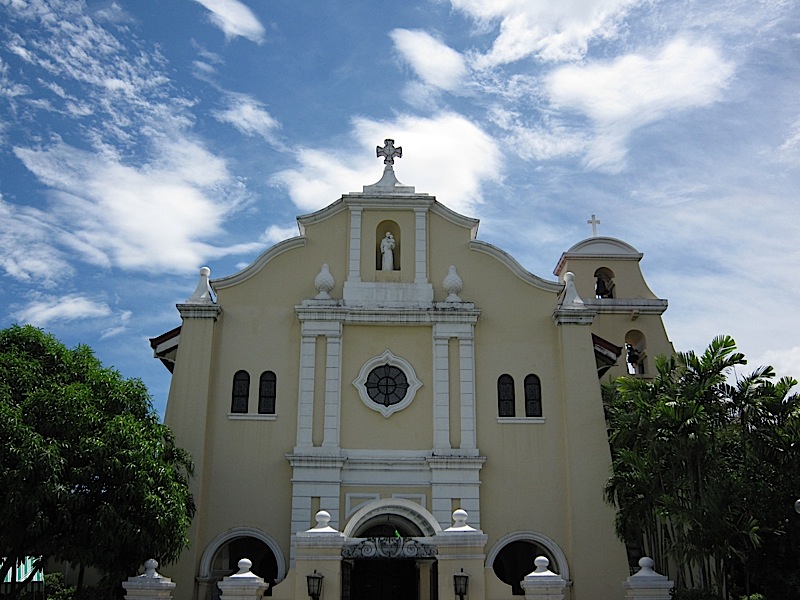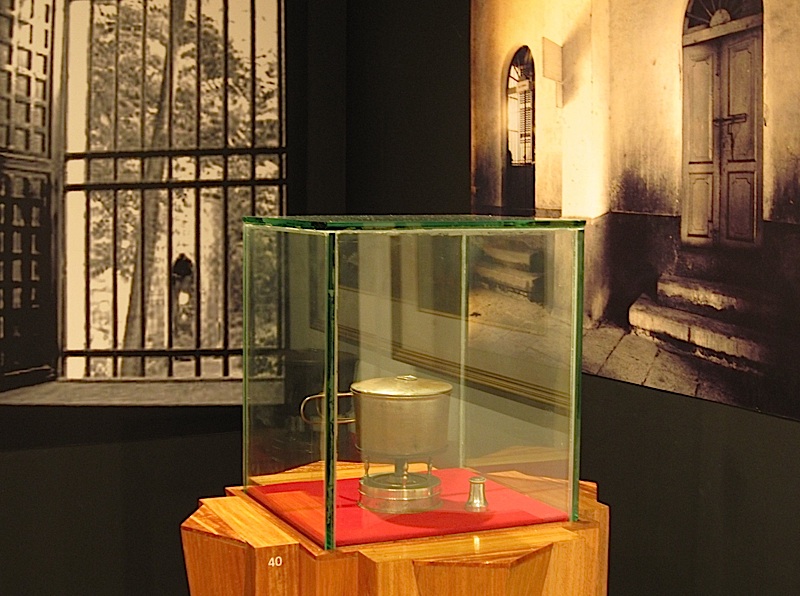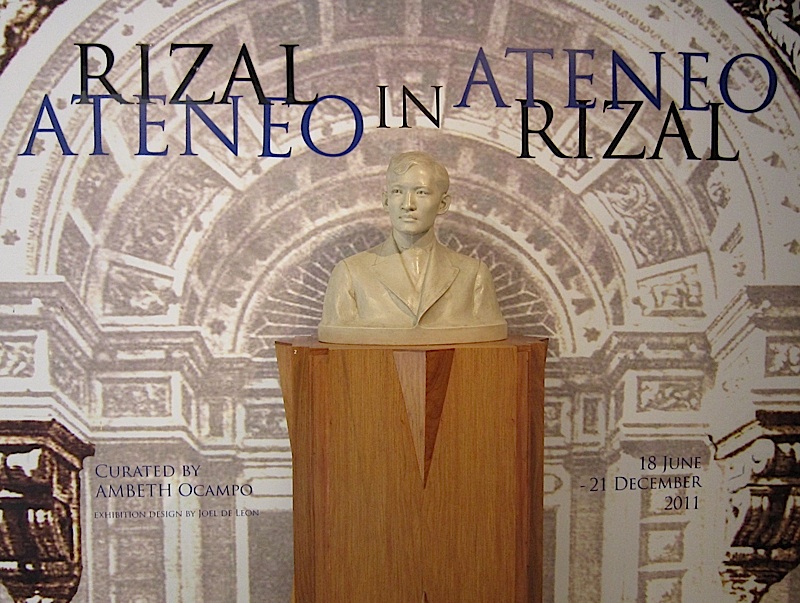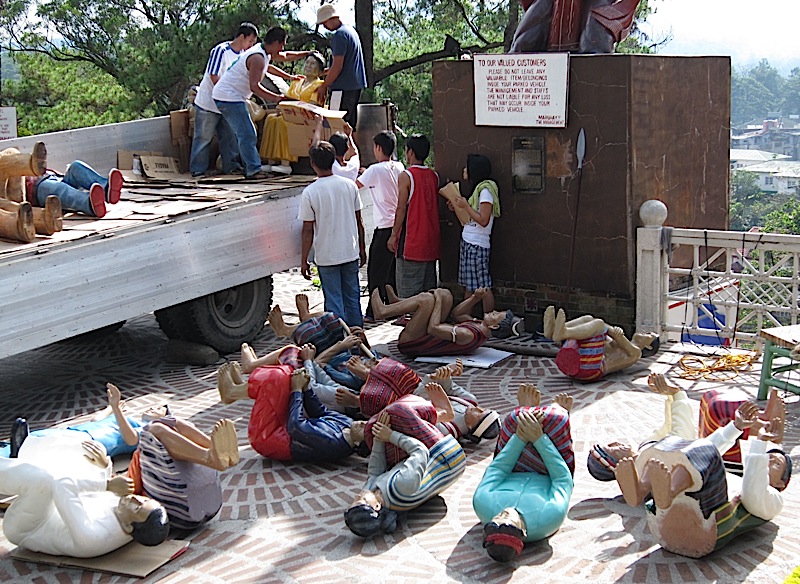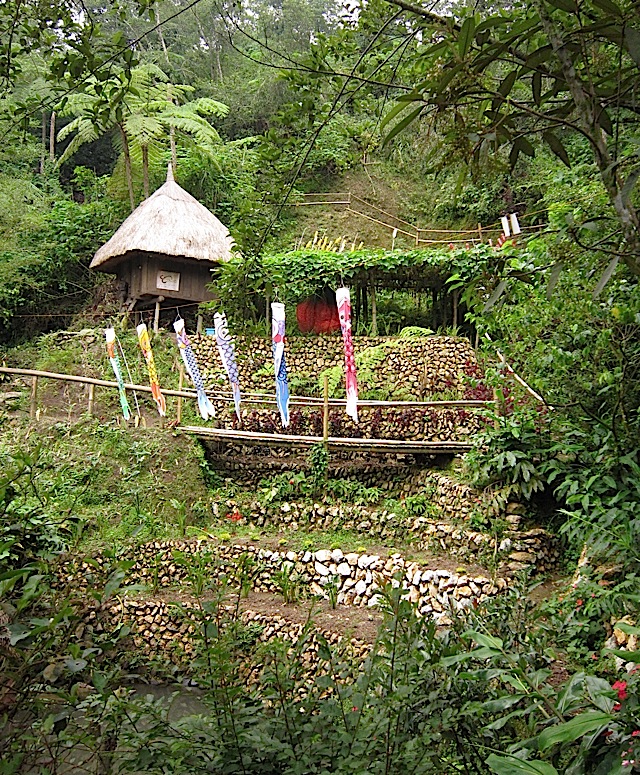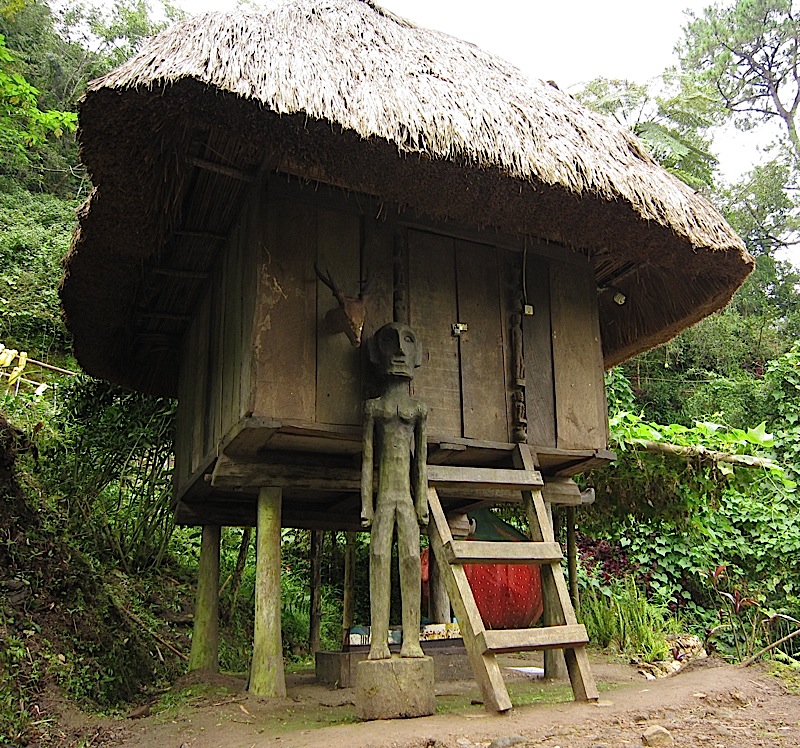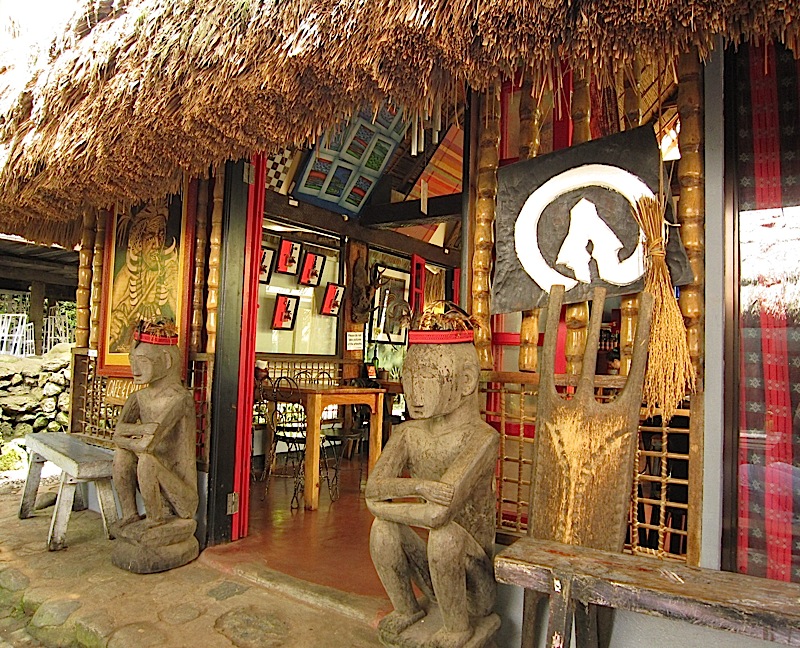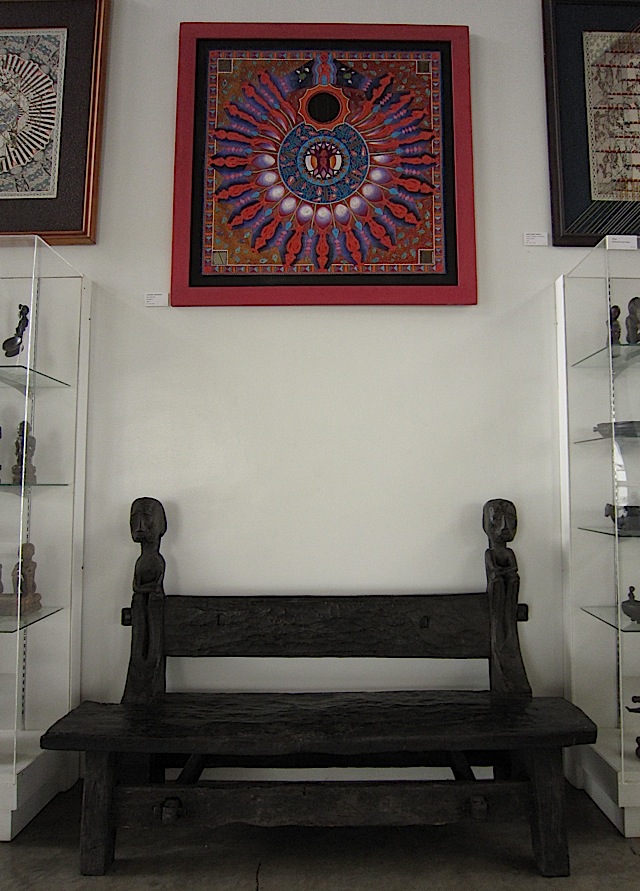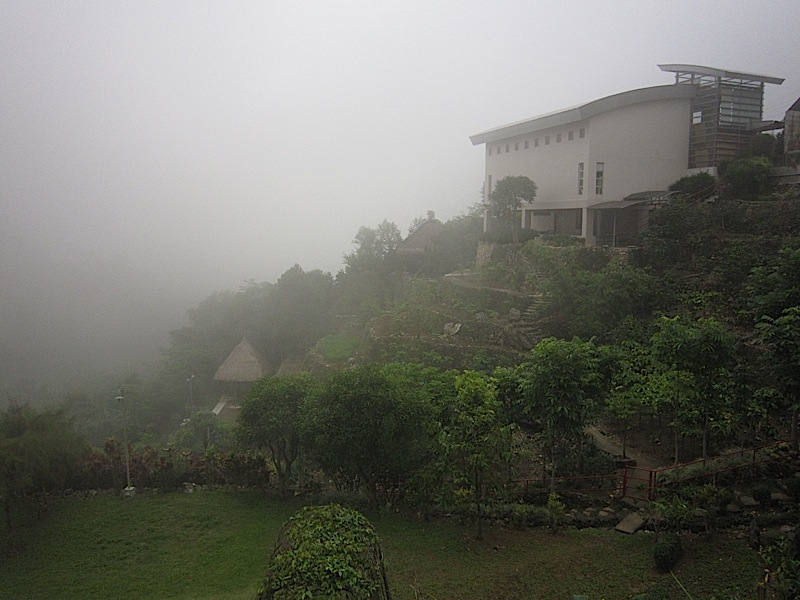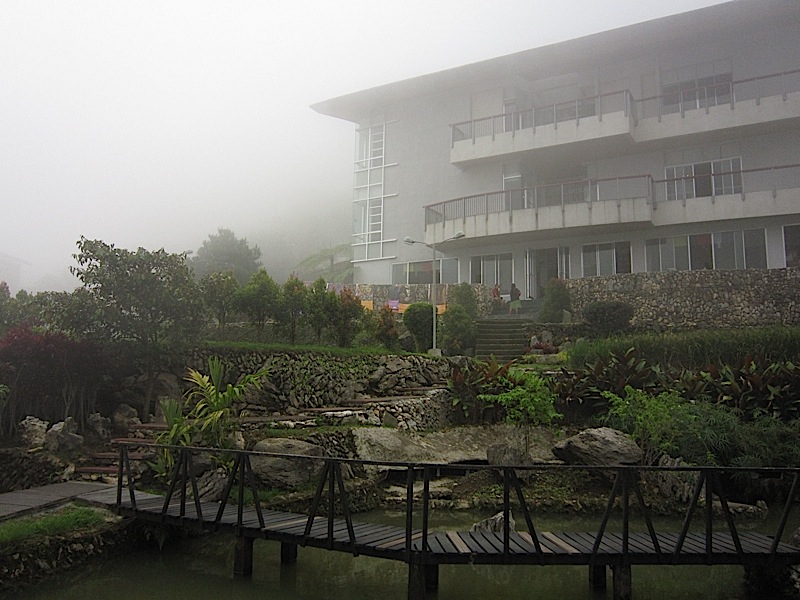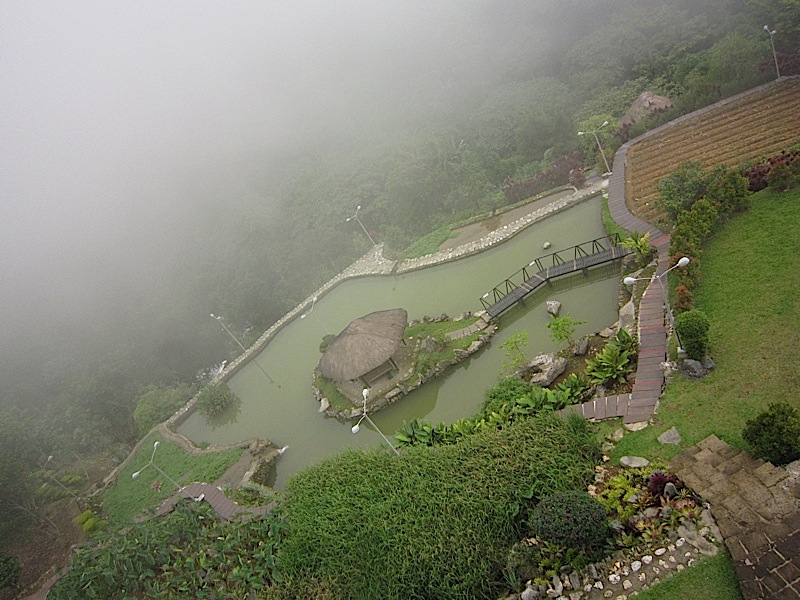My last post about our short vacation in
Baguio City is about the one thing that many Filipinos consider essential to a good vacation, wherever it may be: food. And Baguio has a plethora of places to eat, from tiny eateries along busy roads to elegant and romantic restaurants, any of which might offer regional or international cuisine. So here are some of the places where we ate; but no photos of the food—fortunately or unfortunately depending on your point of view. :)
Our room at
Casa Vallejo came with breakfast for two at their
Hill Station restaurant everyday. We just had to have dinner there once too; their specialty dishes are all slow-cooked.
 PNKY Travel Café
PNKY Travel Café is owned by a family that loves to travel. The menu is very international but the recipes have all been tweaked to take advantage of Baguio's wonderfully fresh vegetables and fruits.
 Forest House Bistro and Café
Forest House Bistro and Café: warm interiors, elegant place settings, a beautiful mountain view, and absolutely gorgeous salads.
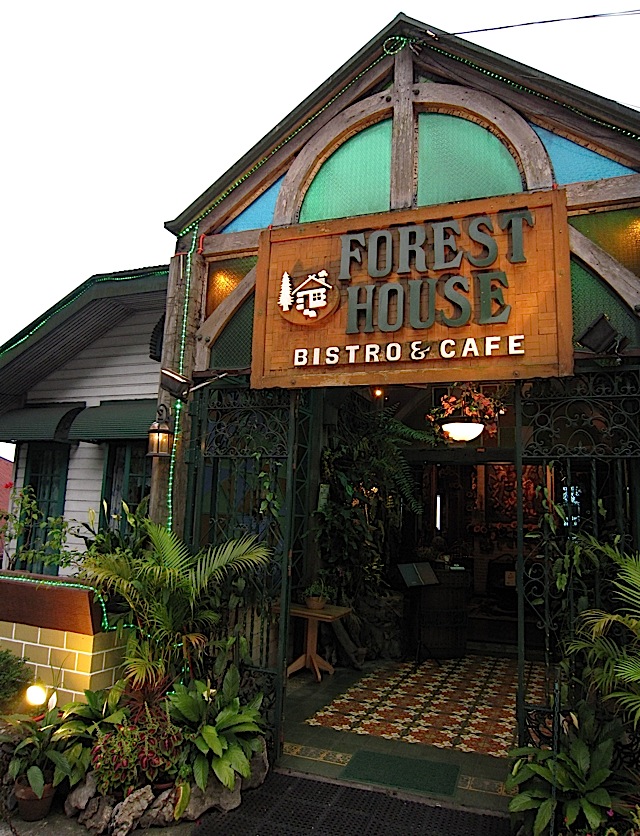
There is nothing fancy about
Vizco's Restaurant and Cake Shop, which is located on Session Road, Baguio's central and busiest thoroughfare. Just good, solid and inexpensive pasta and pizza, and lots of cakes. The restaurant itself is small, but they seem to be one of the most popular caterers in the city.
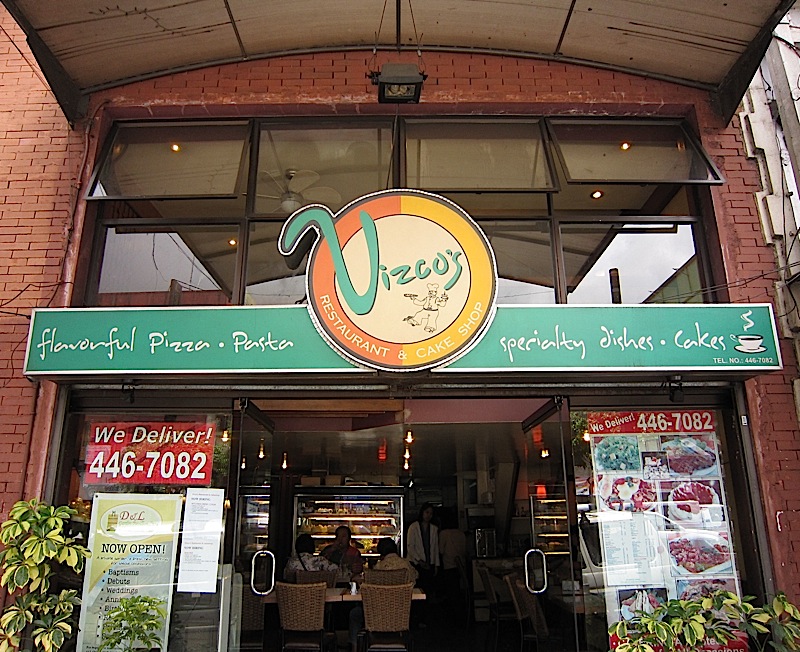
The dishes of
Café by the Ruins are chosen to feature some of the best natural ingredients of the region but that does not necessarily mean that the recipes themselves are regional, though some are. It also has a lot of vegetarian options, which I think has to do with the fact that many of its regular clientele are artists and writers.
